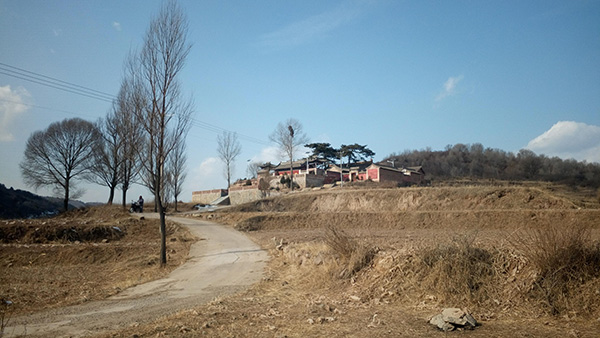 |
|
A Buddhist temple in Shanxi visited by Zhang recently.[Photo provided to China Daily] |
"Despite my wide interests, I can hardly spare much time to visit sites less relevant to my research field," he says. "And, as professionals, we need a team to investigate a site rather than relying on individuals."
However, even as a tourist, he can still contribute to the protection of historical relics.
He once found out that a pair of iron lions from the Jin Dynasty (1115-1234) in a park in Hebei province was stolen, and reported the matter to police.
As for the problems of preservation, Yang says: "Tourism development has put heavy pressure on historical relics."
For example, unfortunately, he says, many tour guides encourage tourists to touch relics for "good fortune".
"I stop them (the guides) if I see them doing this," he says.
More expectations
The online community has become an important pillar of support for the preservation of historical relics in recent years.
In 2014, an ancient pagoda in Shanxi's countryside was on the verge of collapsing, but it had no protection as it was not on any protected list.
A netizen then put its pictures online and the local government soon restored the pagoda.
In 2016, a section of the Great Wall in Liaoning province was restored with its top being paved in cement.
Its ugly look irritated the public after pictures went viral online, and finally the rough restoration was fixed.
The authorities were also later urged to set national criteria for restoring the Great Wall.
Speaking about how the online community can help with preservation of historical relics, Song Xinchao, the deputy director of the State Administration of Cultural Heritage, says: "Public participation has helped us to do things better. And the online platforms make such interactions (between the public and authorities) more efficient."
Zhang also says that more offline publishing will follow the Sifei Calendar.
And he adds that Sifei will publish a book with details of all 4,296 national-level key relic sites later this year.
"Sharing knowledge is a priority for a group like ours," he says.
They will soon start preparing for the 2019 Sifei Calendar.